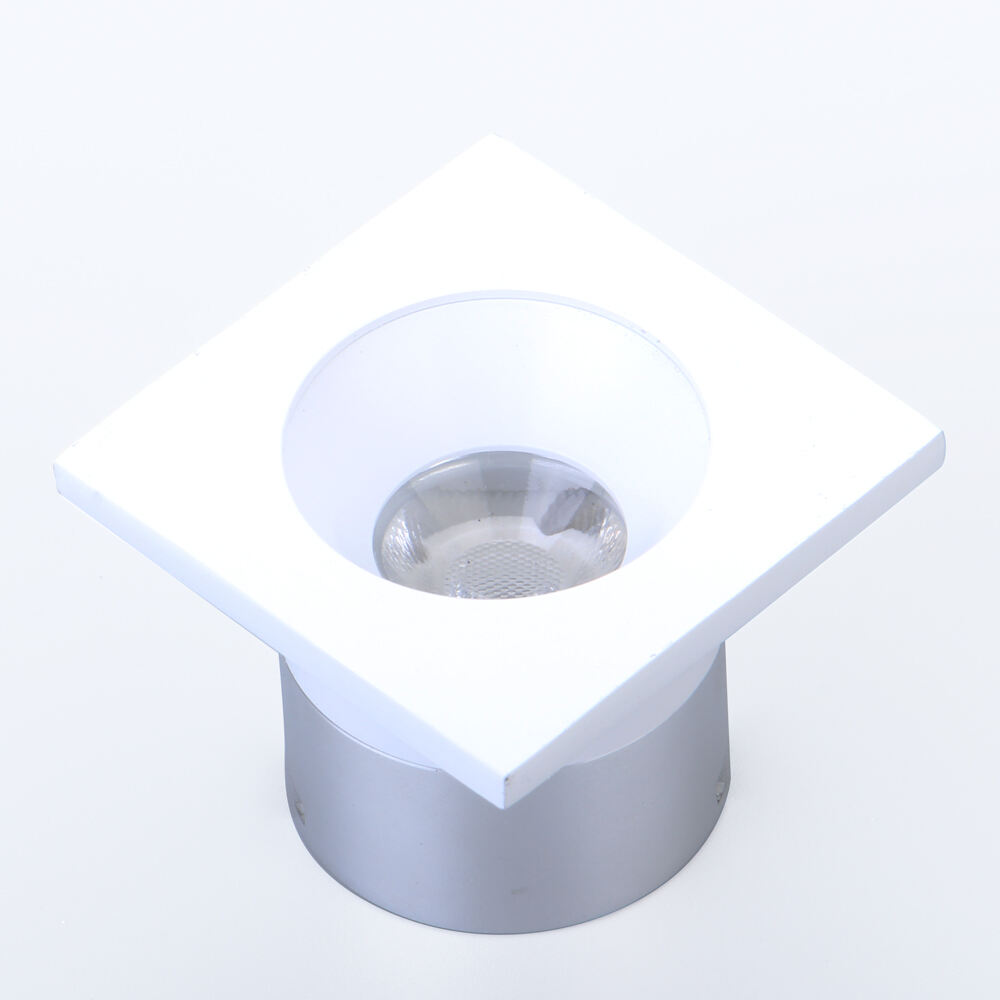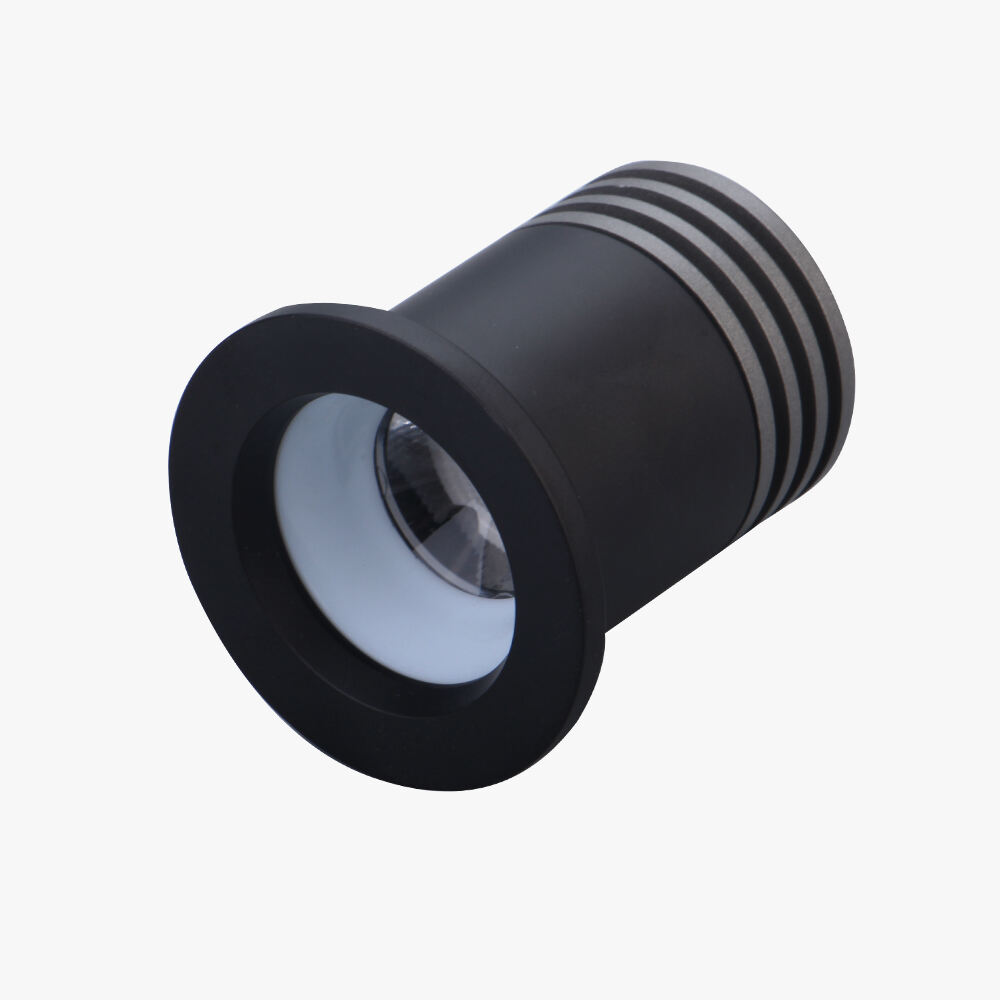How Do LED Night Lights Improve Sleep Quality?
How Light Wavelengths Impact Circadian Rhythm
Light wavelengths play a crucial role in regulating the human circadian rhythm, influencing sleep cycles, hormonal changes, and overall well-being. These circadian rhythms are natural processes that follow a 24-hour cycle, aligning our biological clocks with night and day. Typically, short-wavelength light, particularly blue light (380-500 nanometers), is known to disrupt sleep cycles by interfering with melatonin production, a hormone critical for sleep induction. For instance, exposure to blue light from screens and artificial lighting can delay melatonin release, affecting sleep quality. Furthermore, the concept of "light pollution" sheds light on how artificial lighting alters these natural rhythms, leading to sleep disturbances. Studies, including those published in the journal Nature Human Behaviour, underscore the negative impact of light pollution on sleep, revealing how even minimal artificial light can affect metabolic health and circadian rhythm regulation.
Blue Light vs. Warm LED Light: Melatonin Production
Blue light, emitted from screens and traditional lighting, has significant impacts on sleep quality by disrupting melatonin production. Devices like smartphones, tablets, and LED TVs are common sources of this high-energy light, which can delay melatonin secretion, leading to poor sleep quality. In contrast, warm LED light, which tends to emit less blue light, is more conducive to sleep. Research supports this by demonstrating that warm LED lights have a lesser effect on melatonin production, thus improving sleep patterns. According to a study by the Vision Council, 59% of Americans experience symptoms of digital eye strain due to blue light exposure, highlighting its widespread impact. Statistics indicate that excessive screen time and exposure before bedtime result in sleep disruptions for many individuals, emphasizing the need for lighting solutions that minimize blue light exposure.
Why 2700K-3000K Color Temperature Matters
The specific color temperature range of 2700K-3000K is optimal for relaxation and promoting better sleep quality. This range emits a warm hue that fosters a calming environment, which is essential for winding down and preparing for sleep. Studies have shown that lower color temperature lighting is linked to improved sleep quality. For instance, research highlighted in Axolight's offerings suggests that using LED lighting within this temperature range can enhance relaxation and mood. Sleep specialists assert that adjusting your lighting to a warmer tone significantly affects mood, relaxation, and sleep induction. The expert opinions collectively agree that a lower color temperature not only aids relaxation but also helps maintain stable circadian rhythms, contributing positively to sleep patterns and overall health.
Reducing Sleep Disruptions from Environmental Light
LED night lights effectively minimize sleep disruptions caused by environmental light, such as streetlights, allowing for a more restful environment. Studies show that about 60% of individuals experience improved sleep quality when these disruptions are reduced. LED night lights help create a dark sleep environment without the annoyance of external light interference. With various designs available, from traditional plug-ins to smart configurations, these lights offer an efficient solution to curb sleep disruptions and enhance overall sleep quality.
Enhancing Sleep Onset with Dimmable Features
Dimmable LED night lights have the distinct advantage of facilitating a gentler transition into sleep by allowing the user to reduce brightness as needed. Case studies have revealed that individuals using dimmable features report a faster sleep onset, attributing benefits to the gradual dimming effect that mirrors natural sunset conditions. The physiological response includes reduced alertness and increased melatonin production, both crucial for the body to prepare for restful sleep. This adaptive lighting capacity helps tailor the sleep environment to individual preferences.
Safety Advantages Over Traditional Lighting
LED night lights provide enhanced safety compared to traditional incandescent bulbs mainly due to their lower heat emission. Unlike incandescent bulbs, which can become hot and pose burn risks, LEDs remain cool to the touch. The advantages extend beyond just safety; LED night lights tend to have a significantly longer lifespan, often exceeding 25,000 hours, and consume less energy, making them more cost-effective. Moreover, the reduction in electrical accidents and enhanced energy efficiency contribute to their reputational integrity as a safer and more reliable lighting choice.
Top LED Night Light Solutions for Better Sleep
HX-88B LED Spot Light: Adjustable Warm Lighting
The HX-88B LED Spot Light is an exceptional choice for those seeking adjustable lighting to cater to specific sleep needs. With customizable settings, it allows users to tailor the light intensity to suit their preferences, promoting a restful night's sleep. User reviews often highlight its effectiveness as a sleep aid, especially for those sensitive to light fluctuations. The warm light range of the HX-88B is particularly beneficial as it enhances relaxation and aligns with the body's natural circadian rhythms for improved sleep quality.

HX-098 LED Spot Light: Low-Glare Recessed Design
The HX-098 LED Spot Light stands out with its low-glare, recessed design, making it an effective solution for a peaceful sleep environment. Designed to minimize harsh light exposure, it ensures comfort without sacrificing brightness. Consumers praise this product for its simplicity and the significant reduction it provides in glare, which is often associated with traditional lighting. In comparison, traditional options can be disruptive at night, highlighting the HX-098's advantage in maintaining a serene ambiance conducive to sleep.

HX-108 LED Spot Light: Smart Dimming Capabilities
The HX-108 LED Spot Light introduces smart dimming technology that connects intuitively with user preferences for ideal sleep conditions. Its adaptive lighting adjusts seamlessly to varying needs, enhancing overall sleep quality. Research highlights the importance of such adaptive lighting in promoting healthful circadian rhythm alignment. Moreover, potential integration with smart home systems offers users a comprehensive approach to healthy living, underlining the HX-108 as a forward-thinking choice for modern bedrooms.

Optimizing Your Sleep Environment with LED Lighting
Strategic Placement for Bedroom Lighting
Strategically placing LED lights in your bedroom can significantly enhance sleep quality. The optimal placement involves ensuring lights are positioned to prevent direct exposure while illuminating the space effectively. According to spatial design studies, organizing your lights so they cast indirect lighting promotes a soothing environment conducive to sleep. By focusing on techniques like wall-mounted lighting or dim recessed downlights, you can create a balance between functionality and aesthetics. Wall-mounted lights are particularly beneficial as they offer focused illumination without cluttering bedside tables, unlike free-standing lights that might disrupt the spatial harmony needed for restful sleep.
Combining Night Lights with Blackout Solutions
Combining LED night lights with blackout curtains can dramatically improve the sleep environment by minimizing external disturbances. User experiences and case studies have shown that this combination creates a dark, peaceful setting that enhances the body's natural sleep cycle. Additionally, investing in blackout solutions along with energy-efficient LED lighting can result in substantial energy savings, as these curtains reduce the need for artificial light during nighttime. This dual approach not only supports sleep quality but also contributes to a more sustainable living environment.
Avoiding Blue Light Exposure Before Bedtime
Exposure to blue light before bedtime can negatively impact sleep quality, disrupting melatonin production. Research highlights that electronics and artificial lighting proliferate blue wavelengths, which are detrimental at night. Statistics reveal widespread exposure to blue light, which correlates with altered sleep patterns. To mitigate these effects, experts recommend using LED night lights that emit a warm spectrum of light, effectively reducing blue light exposure. This shift towards warmer lighting is a practical strategy for preserving sleep health, as it aligns better with natural circadian rhythms.

